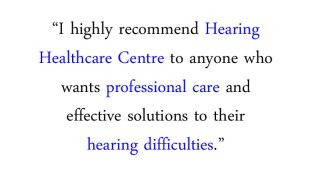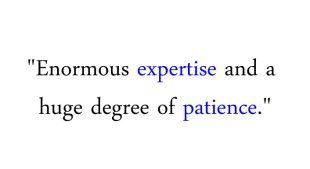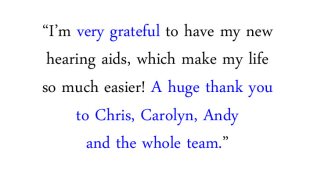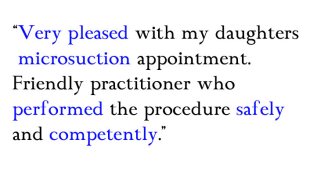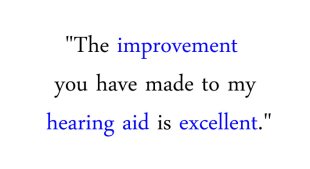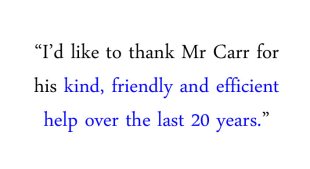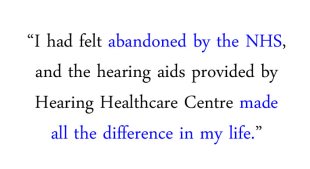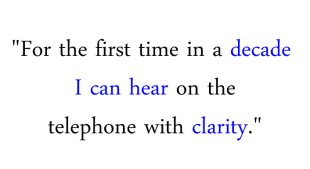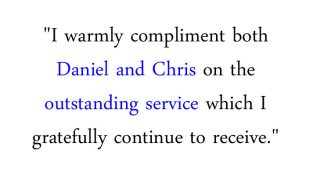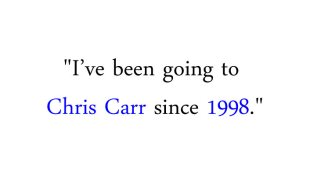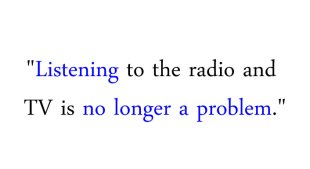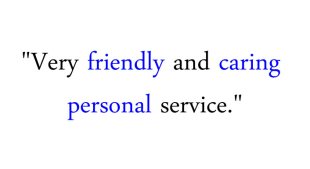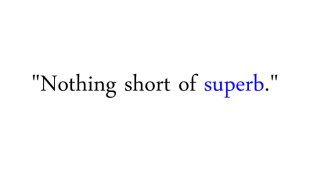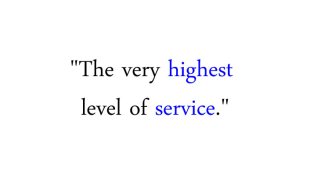How Can We Protect Our Hearing?
Musical Enjoyment
Music should be enjoyed by everybody. We all love to listen to music, and for some, the louder the better. Every day, you can observe people listening to music, whether on the bus journey to work or on a nature walk.
However, listening to loud music via headphones can cause irreparable damage to your hearing, depending on how long you’re exposed to that level of noise exposure. If over time, you have endured repeated exposure, this damage may contribute to tinnitus and/or even hearing loss.
Statistically, teenagers and young adults are at a greater risk, due to their increased exposure. However, education relating to the risk of NIHL (Noise Induced Hearing Loss) is becoming more prevalent among young adults, and is much improved compared to the education received by the older generations.
How Can Headphones Damage Our Hearing
Behind the eardrum in both ears, you have the Inner ear, which is where you will find the cochlea. The cochlea holds the inner hairs cells. The hair cells are designed to change the vibrations into electrical signals, that are then sent to the brain. This is how we hear. However, loud noises can damage the cells and the membrane. Once the cells have been damaged, they can’t be repaired. So, even a one-time-exposure can cause the cells to die.
When listening to music at the maximum volume, you are receiving approx 105dB. This exposure can only be endured for approx 4 minutes before damage can occur. However, at 94dB (the average/normal volume), you can safely listen to music for up to one hour. By increasing the volume by 11dB, you are almost doubling the intensity of the sound and are consequently at a high risk of damaging your hearing. Earbud headphones are inserted into the ear, and sit deeper in the ear canal, closer to the eardrum, which increases the risk of noise induced hearing loss. Earbud headphones are also not as effective at blocking out environmental side sounds as other headphones, therefore people are more likely to turn up the volume to drown out any background interference.
Advice
There are many factors that need to be taken into considerations, such as; what sort of headphones are being used, the volume of sound being played, the length of time that you are exposed to the sound, the sort of music that you are listening to, the general health of the ear, and any family history (disposition) of hearing loss.
However, the general advice/guidance follows the 60:60 rule; 60% of the volume for no more than 60 minutes a day. This rule is something that will allow you to maximise your enjoyment of music, whilst at the same time protecting your hearing.
Advice To Take Care While Listening To Music
To help avoid damaging your hearing, the following suggestions are given;
- Try buying noise-cancelling headphones, as these will cover up the outside noise, and eliminate the need to turn up the music.
- Reduce the volume so you can hear it at a comfortable level.
- Avoid listening to music at above 60% of the maximum volume.
- Try not to listen to music for more than an hour at a time, listen to music in intervals.



